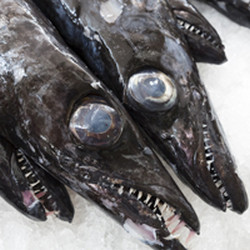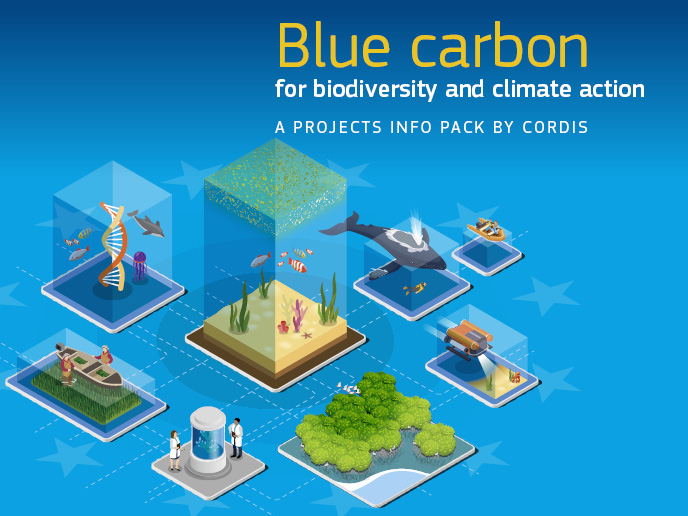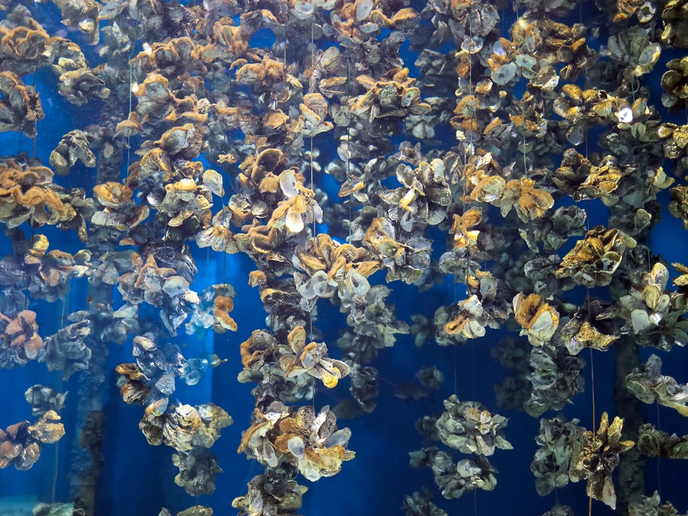Conserving deep-sea fisheries
Management of deep-sea fisheries poses particular difficulties. These include the accurate assessment of target species, which are vulnerable to overfishing. In addition, sustainable levels of exploitation are low. The ecosystem is also affected by fishing, which can result in damage to bottom-dwelling organisms such as cold water coral and large sponges. The aim of the 'Management and monitoring of deep-sea fisheries and stocks' (DEEPFISHMAN)(opens in new window) project was to develop short- and long-term strategies to address these challenges. The project's findings were used to help reverse negative trends in abundance and reduce the impacts of fisheries on biodiversity and vulnerable marine ecosystems. Researchers began by identifying new and more effective assessment methods, control rules and management strategies. A framework was also developed for filling gaps in the current information in order to achieve reliable long-term management requirements. A number of case studies were chosen to reflect the different types of deepwater fisheries found in the North-East Atlantic. Two additional case studies were also selected to give a wider view on the management and monitoring of deepwater fisheries in other parts of the globe. For each case study, DEEPFISHMAN identified management and assessment problems, developed and tested new approaches, and made relevant recommendations. The project also studied the socioeconomic profile of and predicted impact of the different proposed management strategies over the short and long terms for each fishery. Stakeholders' involvement was a key part of the project's success, as they offer a unique perspective and source of information. They were engaged through a series of workshops where they expressed their views on the present and possible future management regimes. The website and a WIKI(opens in new window) were also launched. The WIKI facilitated communication and collaboration, and was used to conduct a survey and questionnaire aimed at external partners. Project partners also developed a new fish stock assessment model for species that become confined in a smaller area following exploitation. This is important as total catch rate may not decline if the fish are concentrated in a smaller space. In addition, the project also developed new indices of abundance for deep-sea stocks. DEEPFISHMAN outcomes offer robust guidelines for deepwater fisheries that can be adopted in the EU's Common Fisheries Policy.







